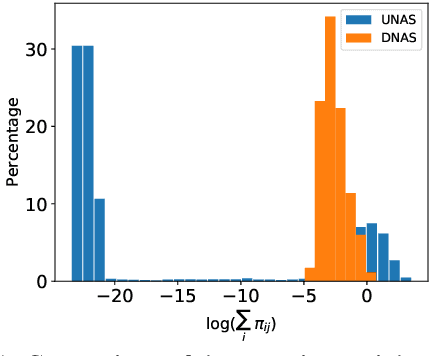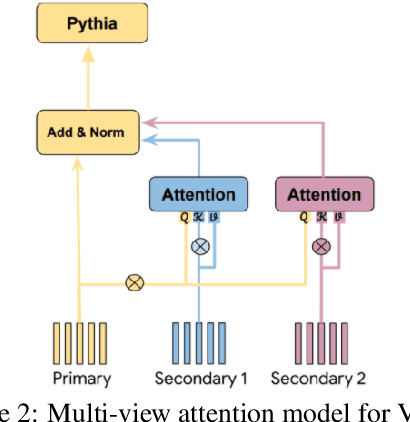Attention that does not Explain Away
Paper and Code
Sep 29, 2020



Models based on the Transformer architecture have achieved better accuracy than the ones based on competing architectures for a large set of tasks. A unique feature of the Transformer is its universal application of a self-attention mechanism, which allows for free information flow at arbitrary distances. Following a probabilistic view of the attention via the Gaussian mixture model, we find empirical evidence that the Transformer attention tends to "explain away" certain input neurons. To compensate for this, we propose a doubly-normalized attention scheme that is simple to implement and provides theoretical guarantees for avoiding the "explaining away" effect without introducing significant computational or memory cost. Empirically, we show that the new attention schemes result in improved performance on several well-known benchmarks.
 Add to Chrome
Add to Chrome Add to Firefox
Add to Firefox Add to Edge
Add to Edge